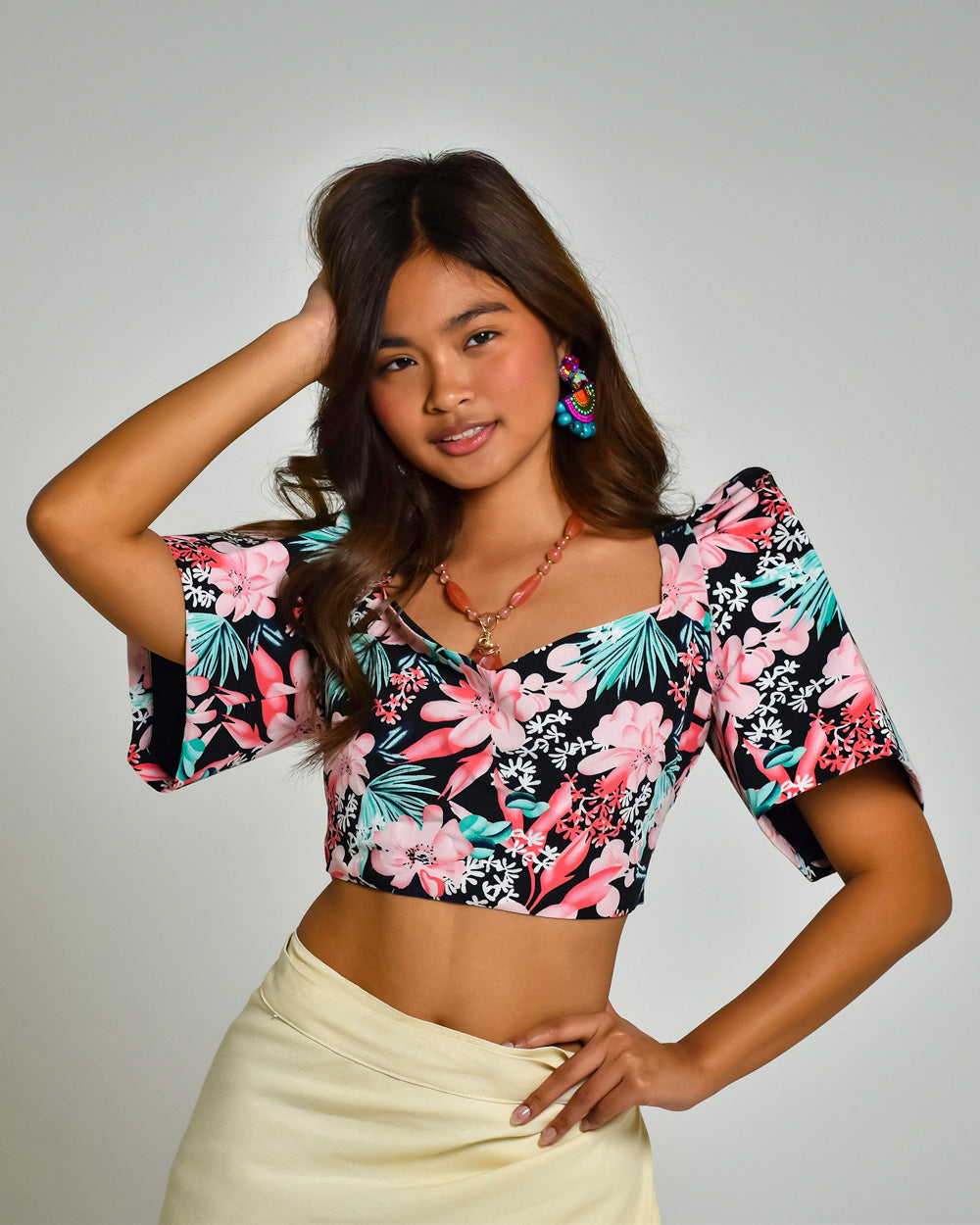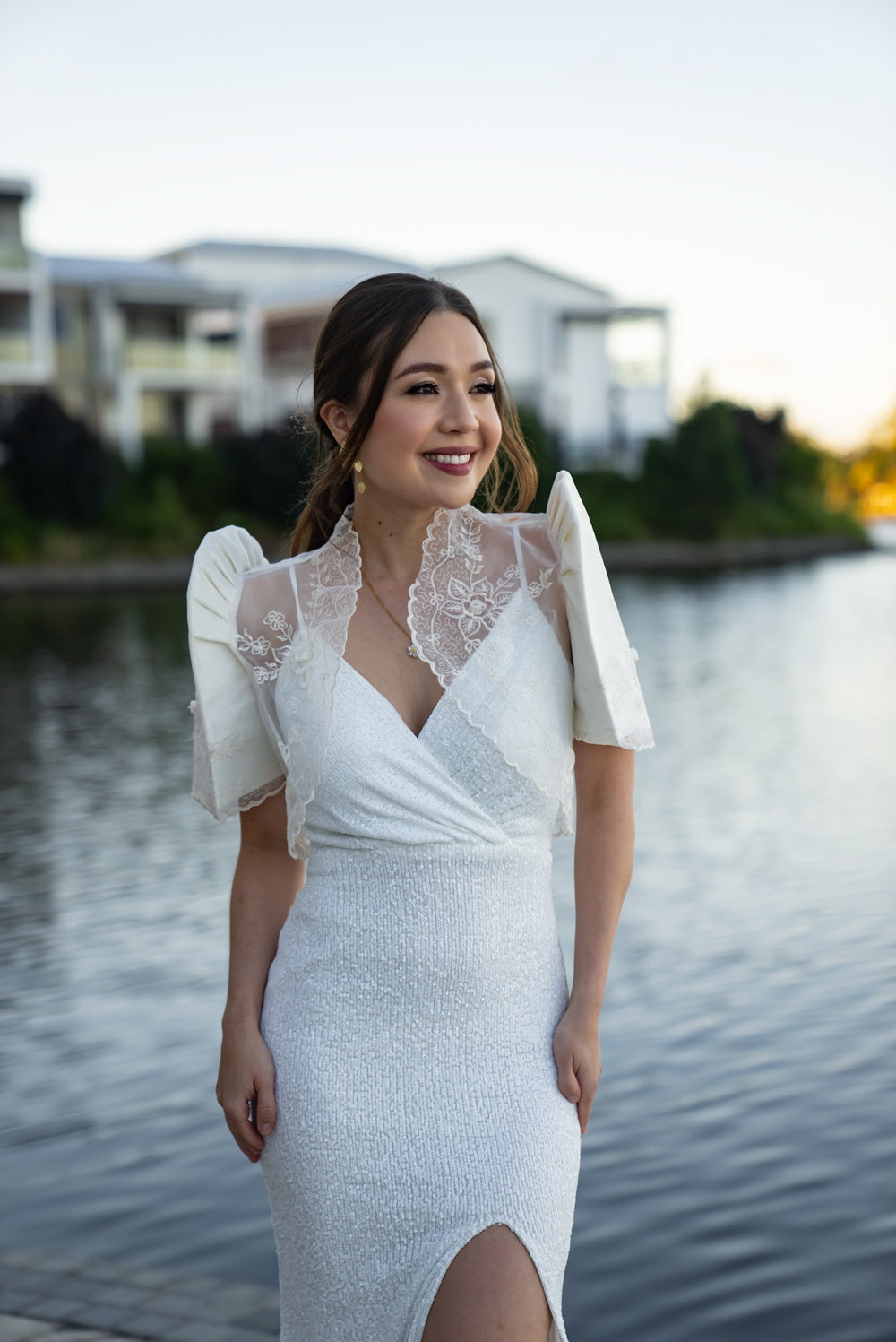Filipiniana fashion, with its intricate details, refined elegance, and rich cultural roots, has captured the hearts of fashion enthusiasts worldwide. The enduring charm of these garments lies not only in their beauty and sophistication but also in the fascinating history and cultural significance underpinning their design. To truly appreciate the allure and artistry of modern Filipiniana attire, one must delve into the captivating past that gave rise to these iconic garments.
In this article, we invite you to join us as we explore the rich history of traditional Filipiniana attire, tracing its development from the pre-colonial Philippines to the modern era. Discover the enduring influence of centuries-old craftsmanship, as well as the social and historical factors that have shaped the evolution of classic Filipino clothing. From the iconic baro't saya and ternos to the national symbol of the barong tagalog, gain a newfound appreciation for the artistry, heritage, and cultural significance of these timeless garments.
As a curator of authentic Philippine dresses, barong tagalog, boleros, and more, Mestiza Filipina is passionate about preserving the illustrious history and craftsmanship of traditional Filipiniana attire. By sharing our knowledge and enthusiasm for these enchanting garments, we aim to inspire curiosity and pride in the rich cultural heritage that permeates every thread of Filipiniana fashion.
Embark on this engaging journey through the history of traditional Filipiniana attire with Mestiza Filipina as your guide, and emerge with a deeper understanding of the cultural roots and artistry that define this unique and captivating fashion.
Rediscovering the Rich History of Traditional Filipiniana Attire
1. The Origins of Filipiniana Attire in Pre-Colonial Philippines
a. Early Filipino Dressing Practices: Prior to the arrival of the Spanish in the 16th century, the indigenous people of the Philippines adorned themselves with simple yet striking garments made of locally sourced materials. The men typically wore a loose-fitting shirt known as Baro, paired with a traditional loincloth called bahag or G-string, while women donned an upper garment called Baro't Saya, consisting of a blouse and a wraparound skirt.b. The Influence of Trade and Cultural Exchange: Throughout the pre-colonial era, the Filipino islands experienced significant trade and cultural exchange with neighbouring regions such as China and India. This influx of foreign influence contributed to the evolution of traditional Filipino attire, introducing new styles, fabrics, and techniques that would shape the future of Filipiniana fashion.
2. The Impact of Spanish Colonisation on Filipino Fashion
a. The Spanish-Imposed 'Maria Clara' Style: With the onset of the Spanish colonisation, Filipino fashion underwent significant changes. Many traditional garments were modified to adhere to the Spanish dress codes and religious customs, giving rise to the iconic 'Maria Clara' style. This new iteration of the women's Baro't Saya consisted of a more modest blouse with wide, butterfly sleeves and a floor-length skirt, often accompanied by a loose shawl known as the Panuelo.b. The Emergence of the Barong Tagalog: As a response to the Spanish colonisers' dress codes, the Filipino men adapted their traditional Baro into the now-iconic Barong Tagalog. This elaborately embroidered formal shirt maintained the basic structure of the Baro but incorporated more intricate textiles and designs, making it suitable for formal and religious occasions.
3. The Evolution of Filipiniana Fashion during the American Occupation and Beyond
a. The Advent of the Terno: In the early 20th century, during the American occupation of the Philippines, Filipiniana fashion continued to evolve, most notably with the introduction of the Terno. Inspired by the Maria Clara dress and the women's western dresses of the era, the Terno featured a structured bodice, a long skirt, and its distinctive butterfly sleeves that gracefully framed the wearer's shoulders.b. The Mid-20th Century Revolution: The period following World War II saw a renewed interest in Filipino tradition and culture, prompting a resurgence in Filipiniana fashion. Filipino designers and artisans began experimenting with modern silhouettes, materials, and techniques, resulting in a new era of Filipiniana attire that combined the essence of traditional craftsmanship with a contemporary aesthetic.
4. The Role of Filipiniana Fashion in the Modern Era
a. Filipiniana Fashion as a Symbol of National Pride: Today, Filipiniana attire is widely regarded as both a symbol of national pride and a celebration of the diverse cultural heritage of the Philippines. Modern iterations of traditional Filipino garments, such as the Terno and the Barong Tagalog, continue to be worn by Filipinos in official functions, festive occasions, and even as everyday attire.b. The Resurgence of Filipiniana Fashion in Global Trends: The international fashion scene has recently witnessed a resurgence in the popularity of Filipiniana attire, as both local and international designers have embraced the unique beauty and artistry of traditional Filipino garments. This renewed interest has seen modern Filipiniana fashion grace prestigious runways and red-carpet events, demonstrating the global appeal and versatility of these garments.
In conclusion, the rich history and cultural significance of traditional Filipiniana attire are integral to understanding and appreciating the beauty and craftsmanship of modern Filipiniana fashion. From its origins in pre-colonial Philippines to its ongoing evolution in the 21st century, the journey of Filipiniana attire is a testament to the indomitable spirit, artistry, and heritage of the Filipino people.
With a curated collection of authentic Philippine dresses, barong tagalog, boleros, and more, Mestiza Filipina aims to preserve and celebrate this captivating history. Join us as we continue to explore the exceptional world of Filipiniana fashion, celebrating the artisans and visionaries who have shaped its evolution, and inspiring a new generation to embrace their cultural heritage with pride and style. Visit our online store today and discover the beauty, craftsmanship, and legacy of Filipiniana attire for yourself.









